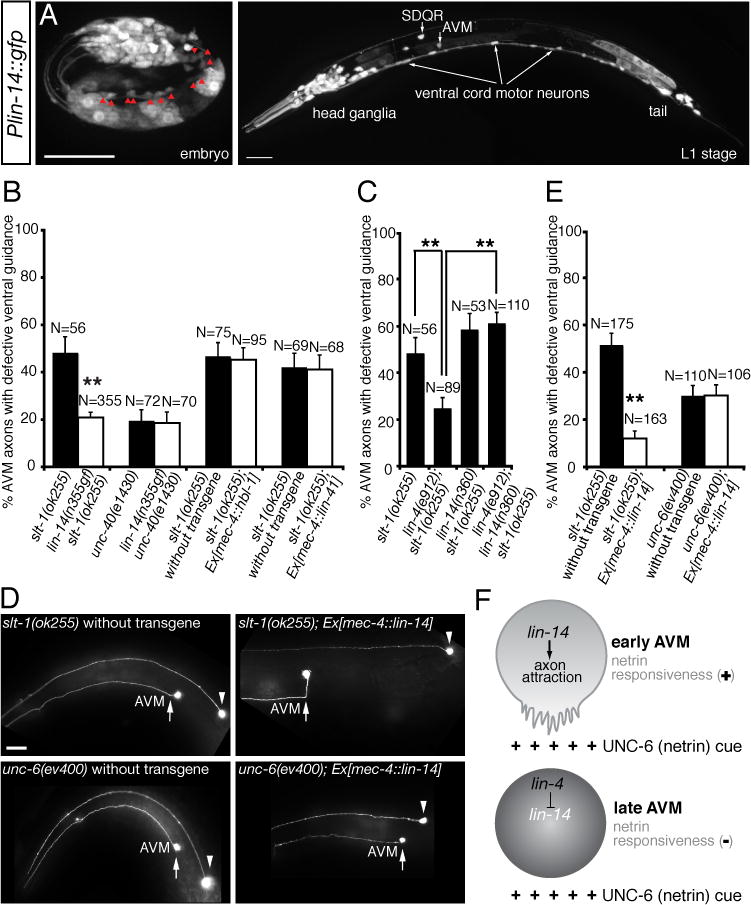Fig. 5. The transcription factor lin-14 enhances netrin-mediated axon attraction.

(A, B) Expression of lin-14 in neurons. (A) A late embryo. Red arrowheads indicate ventral cord motor neurons. (B) A late L1-stage animal. Scale bar, 20 μm. (C) A gain-of-function lin-14 mutant allele (n355gf) recapitulates lin-4 loss-of-function phenotype in enhancing AVM axon ventral guidance. (D) Reduced lin-14 activity suppresses lin-4 loss-of-function phenotype in AVM axon ventral guidance. (E) Specific rescue of AVM axon guidance defects in slt-1 mutants by overexpressing lin-14 in the AVM neurons. Anterior is to left, dorsal up. Scale bar, 20 μm. (F) A cell-type specific promoter-driven lin-14 expression in the AVM neurons can enhance netrin-dependent attraction, suppressing ventral guidance defects in slt-1 mutants. In all figures, error bars represent standard error of the proportion. Asterisks represent P < 0.01 by Z-test for two proportions. (G) Model of developmental switch of responsiveness to netrin by lin-4 microRNA. netrin stimulates axon attraction in early AVM neurons through the transcription factor lin-14. lin-4 microRNA expressed in later AVM neurons stops netrin-mediated axon attraction through inhibition of lin-14 expression.
